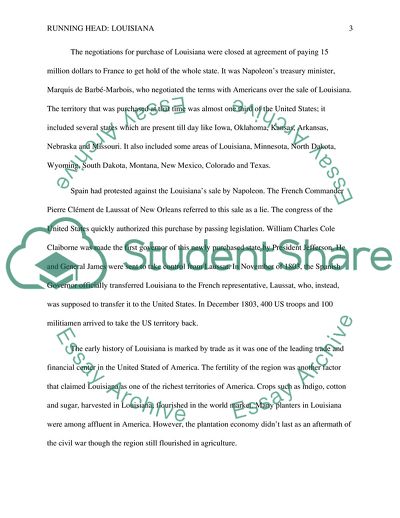Cite this document
(History of Louisiana Essay Example | Topics and Well Written Essays - 1500 words, n.d.)
History of Louisiana Essay Example | Topics and Well Written Essays - 1500 words. https://studentshare.org/history/1779313-louisiana
History of Louisiana Essay Example | Topics and Well Written Essays - 1500 words. https://studentshare.org/history/1779313-louisiana
(History of Louisiana Essay Example | Topics and Well Written Essays - 1500 Words)
History of Louisiana Essay Example | Topics and Well Written Essays - 1500 Words. https://studentshare.org/history/1779313-louisiana.
History of Louisiana Essay Example | Topics and Well Written Essays - 1500 Words. https://studentshare.org/history/1779313-louisiana.
“History of Louisiana Essay Example | Topics and Well Written Essays - 1500 Words”. https://studentshare.org/history/1779313-louisiana.


